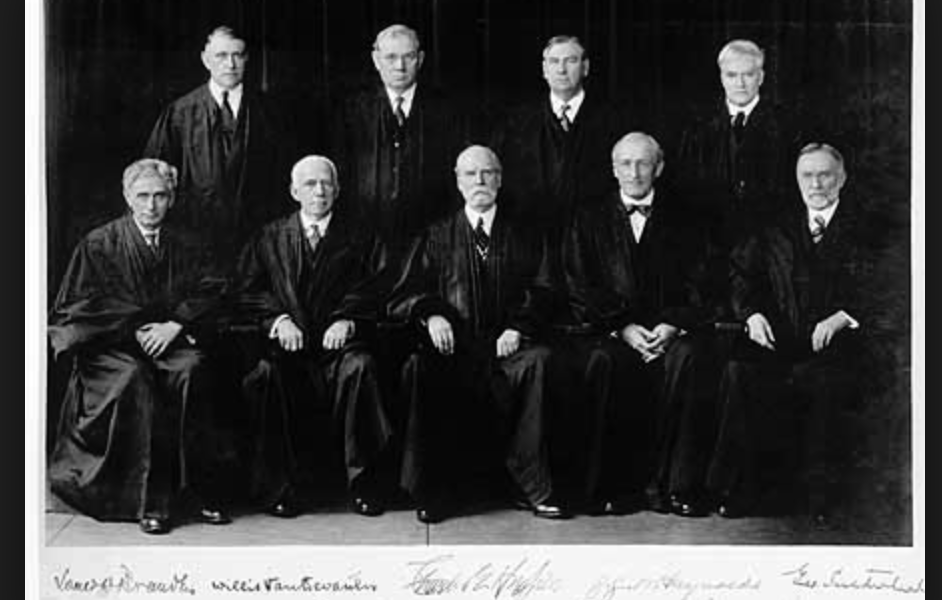
Considering the arrogance and vitriol of rulings by the Federal Courts on President’s Trumps Travel Ban, one wonders if a major confrontation between the Executive Branch and the Federal Judiciary is brewing.
We have had such a confrontation before.
In 1935, Franklin Roosevelt had just been re-elected President by a landslide. His party dominated both houses of Congress, by large margins.
But he was worried.
He knew a reactionary Supreme Court was threatening to lay waste to programs he had, in his first term, steered through Congress to lift the nation out of the Great Depression.
He was right.
Over the next few months the Court found over a half dozen of Roosevelt’s programs unconstitutional. In private he accused the Supreme Court of adopting a “horse-and-buggy definition of interstate commerce.” And it appeared his new Social Security and National Labor Relations Acts would suffer the same fate.
Roosevelt, however, had a plan. A Court Packing Plan. Within two months of the inauguration, he struck. In a surprise move he asked Congress to authorize him to appoint a new justice to the Federal Courts for every justice over the age of seventy. The average age of the Justices was seventy-one. His plan would give him six new Supreme Court appointments and over forty new lower court Justices.
His proposal was and is constitutional. Nothing in the Constitution requires that the number of Justices be limited to nine. Nor does it specify any standards regarding qualifications. Only that the “judicial power of the United States be vested in One Supreme Court and such inferior courts as the Congress may from time to time ordain and establish.”
Over the next 6 months there was a very public battle. Almost every editorial writer in the country opposed the proposal and of course the legal community rushed to protect the so-called the “independence” of the judiciary.
Nevertheless, most everyone on both sides of the debate assumed Roosevelt’s plan would pass. Then, unexpectedly two important New Deal programs were upheld by the Court. One concerned the minimum wage and the other the National Labor Relations Board. The Supreme Court and one justice in particular had switched how they were ruling on cases involving Roosevelt’s programs. After the rulings, Congress dropped The Court packing plan.
Revisionist historians, many from the legal profession, as is their métier, argue the change in rulings was not a result of Roosevelt’s court packing plan. Their explanations are facile. The results were clear. From that point forward, No other New deal program was ever overturned by the Supreme Court. As Roosevelt said, he may have lost the battle but he won the war. My favorite biography of FDR is aptly titled “The Lion and the Fox.” He was both.
The results of the Court Packing Scheme and what commentators called the “Switch in Time that saved Nine” are noteworthy from a constitutional perspective.
The first is that regardless of later revisionist history, it was clear that the Supreme Court and at least some justices switched how they were ruling out of political expediency. They sensed that they had gotten severely out of step with the Public and a President sent to the Washington to get things done. And in this confrontation with the Executive Branch, they were going to ultimately lose. They switched their rulings to save their institution from change.
The second is not only did all of FDR’s New Deal Programs pass constitutional muster from that point forward, but for the next 60 years the Supreme Court never reversed one, not one, case involving an expansion of federal powers under the Commerce Clause. The result was the creation of vast administrative agencies and millions of pages of regulations that intrude on virtually every aspect of our daily lives.
We may be headed for a similar confrontation between the Executive Branch and the Federal Judiciary. Hopefully not, but if it happens, however it turns out, it can have extremely long term consequences for every one of us.